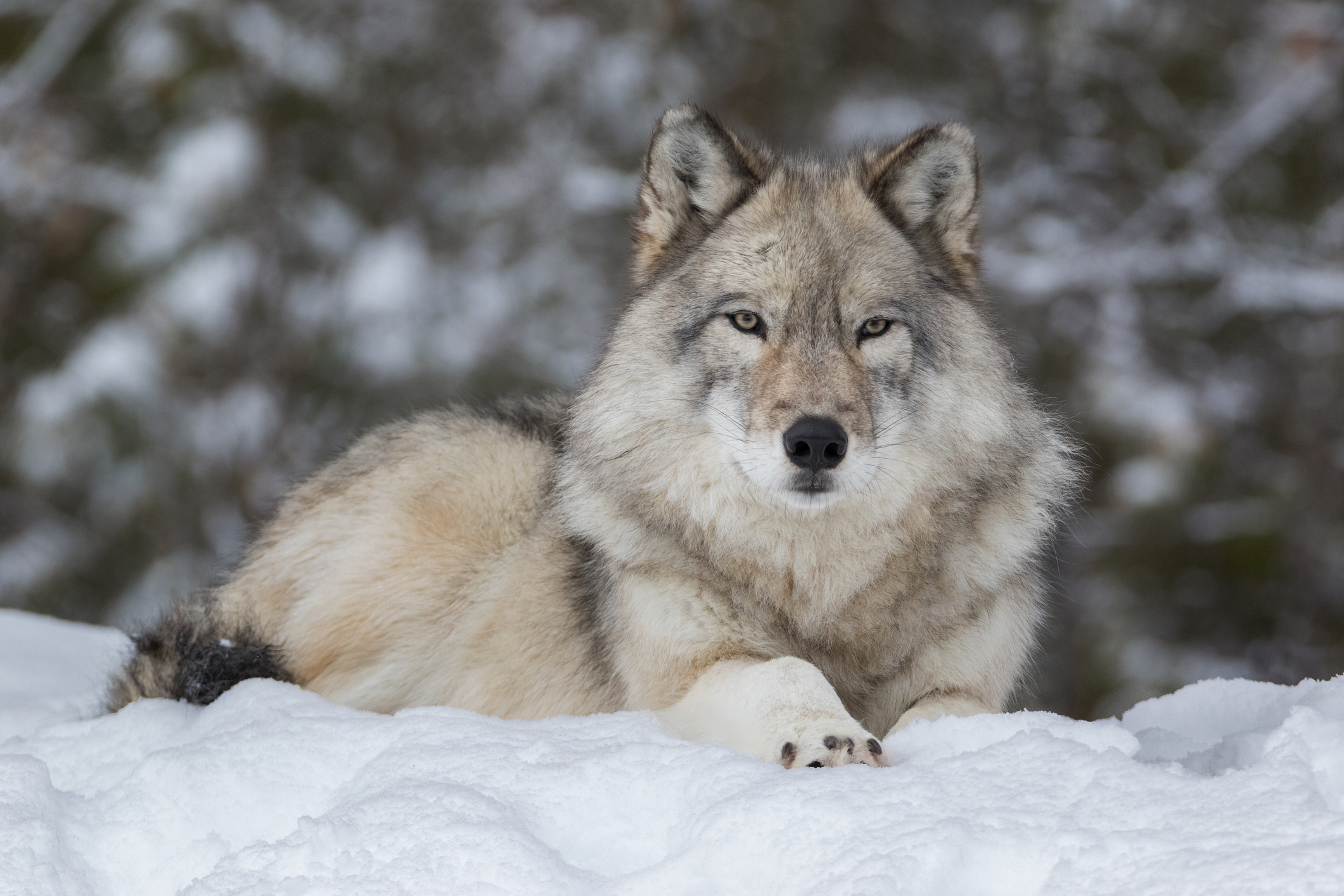For the 14th year in a row, Washington’s population of wolves increased, reaching 216 wolves and 19 breeding pairs.
When gray wolves returned to Washington state in 2008, it was believed they would naturally disperse statewide within a decade. Recovery was made contingent on that assumption.
Fifteen years later, wolves have not distributed themselves across the state, leaving an abundance of gray wolves in the eastern-most third of the state.
The Washington Gray Wolf Conservation and Management 2022 Annual Report was recently released by the Washington State Department of Fish & Wildlife. The report highlights a predator population that is thriving in specific parts of the state and virtually non-existent in others. As a result, while the total population of wolves is at the level considered “recovered” by the initial plan, the requirement that the population spread into three regions determined by the Washington State Department of Fish and Wildlife (WDFW) has not been met. This is the worst of both worlds – the concentration of wolves means one corner of the state is dealing with most of the conflict and struggles to address the problem because wolves won’t spread out.
Now is the time for Washington state to delist gray wolves in the eastern-most third of the state, where populations are higher than was expected in the recovery plan. Under the Federal Endangered Species Act, gray wolves are already considered recovered in that region of Washington state. The Confederated Tribes of the Colville Reservation also consider wolves recovered on their land. A state recovery declaration for the same region would bring parity with the federal delisting and offer a unique opportunity for state wildlife officials to pilot gray wolf integration and management programs to the benefit of the whole state.
The gray wolf count for 2022 notes a minimum of 216 animals in 37 packs and 19 breeding pairs, with 27 of those packs located in the eastern-most third of the state. Under the guidelines of the Gray Wolf Conservation and Management Plan, adopted in 2011, there must be “15 breeding pairs of wolves present in the state for at least three years, with at least four in eastern Washington, four in the northern Cascades, four in the southern Cascades/northwest coastal area, and three others anywhere in the state” or “18 breeding pairs … documented during a single year and the distribution objectives are met.”
The number of breeding pairs necessary for a state delisting has been more than met in total count. It is clear, with hindsight, that disbursement throughout the state will likely take longer – creating a burden in parts of the state currently saturated with gray wolf populations.
Proponents of the 2011 plan are firm in their support of letting the gray wolf population disburse eventually. In the meantime, the portion of the state that has been federally delisted is under continual state scrutiny for its handling of gray wolf and livestock interactions – to the detriment of the people and animals living there.
In 2022, there were 37 gray wolf fatalities recorded. Of those gray wolf fatalities, nine were fatal removals after confirmed livestock depredations and another nine are being investigated as suspected poaching. There were also a total of 17 confirmed kills of cattle and sheep and an additional 12 suspected livestock injuries or fatalities due to wolves.
To provide a path of cohabitation, delisting in the eastern-most third of the state is the first step.
After a full delisting of gray wolves in the eastern-most third of the state, each county or recovery region should be assessed individually as gray wolf population numbers increase. An incremental recovery solution allows counties and residents to regain valuable autonomy in species management decisions that meet the specific needs of each area.
Incremental delisting also allows for testing of proposed solutions for statewide delisting without having an adverse effect on the overall gray wolf population. By declaring the species recovered in smaller increments, management and interface techniques can be tried and perfected in areas where a stable population exists, rather than backtracking after the overall state goal has been reached.
It has become evident gray wolves will remain part of Washington state’s ecosystem. Declaring their population recovered in the region that overlaps with their Federal ESA delisting brings parity to the state and federal ESAs and allows the state to refine its approaches to gray wolf integration and management in the future.




